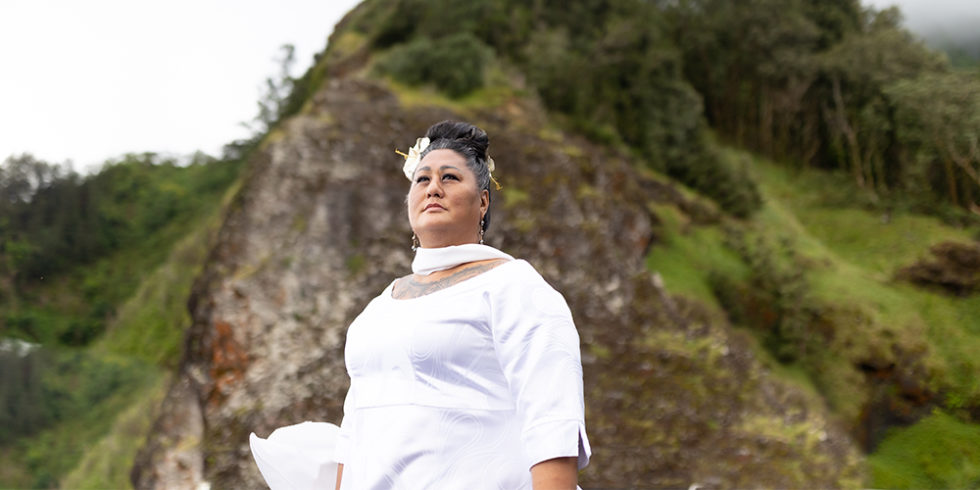Native Hawaiian Māhū Are Reclaiming Their History
In the middle of Waikīkī, Hawai‘i’s most crowded, most photographed, most highly trafficked neighborhood, there is a monument to Native Hawaiian culture that is also, perhaps, one of our most overlooked. In plain view, between the ever popular Duke Kahanamoku statue and elegant Moana Surfrider hotel, are four large, but otherwise unassuming stones that hold a powerful and misunderstood history.
Known as Nā Pōhaku Ola Kapaemāhū (“the stones of life at Kapaemāhū”), these ancient stones, which have been sanctified in a fenced enclosure since 1997, represent four respected healers who were māhū, the Hawaiian word for a person of dual male and female spirit. Any ascription to their māhū association, however, is glaringly absent from the monument’s signage. The omission isn’t surprising: More than two centuries after Christian missionaries first arrived in the archipelago, many Native Hawaiian histories and traditions continue to be erased and obscured, deemed too unpalatable for Western mores.
This excerpt is from “At These Powwows, Two-Spirit People Are Always Revered” a story by them highlighting systemic violence and barriers that Indigenous trans, Two-Spirit, and gender-variant Pasifika people face — and the movements to overcome them.
Across Hawai’i, you’ll see that a lot of our educators, a lot of our cultural practitioners and the educators around cultural practices like song, dance, language, history — and then, a big part of the Native Hawaiian advocacy and activism community are all really led by māhū and so it’s really kind of like taking that opportunity to use those role models and those figures to really help other trans people to connect with the idea of being māhū. — Keiva Lei Cadena, Native Hawaiian

